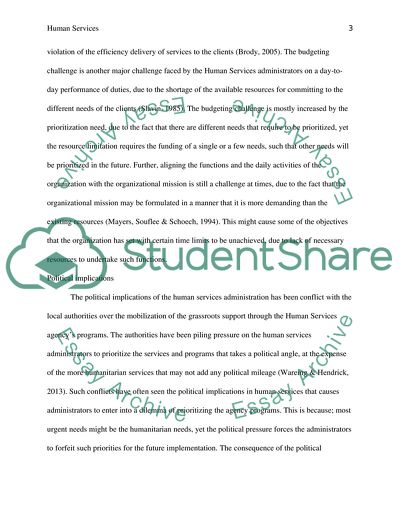Cite this document
(Human Services Administrator Everyday Work Term Paper, n.d.)
Human Services Administrator Everyday Work Term Paper. Retrieved from https://studentshare.org/professional/1852462-human-services-interview-report
Human Services Administrator Everyday Work Term Paper. Retrieved from https://studentshare.org/professional/1852462-human-services-interview-report
(Human Services Administrator Everyday Work Term Paper)
Human Services Administrator Everyday Work Term Paper. https://studentshare.org/professional/1852462-human-services-interview-report.
Human Services Administrator Everyday Work Term Paper. https://studentshare.org/professional/1852462-human-services-interview-report.
“Human Services Administrator Everyday Work Term Paper”, n.d. https://studentshare.org/professional/1852462-human-services-interview-report.


